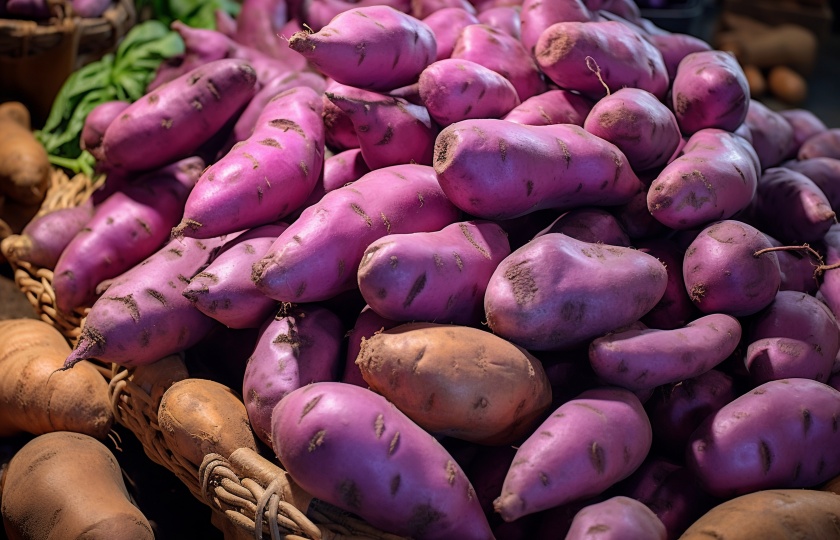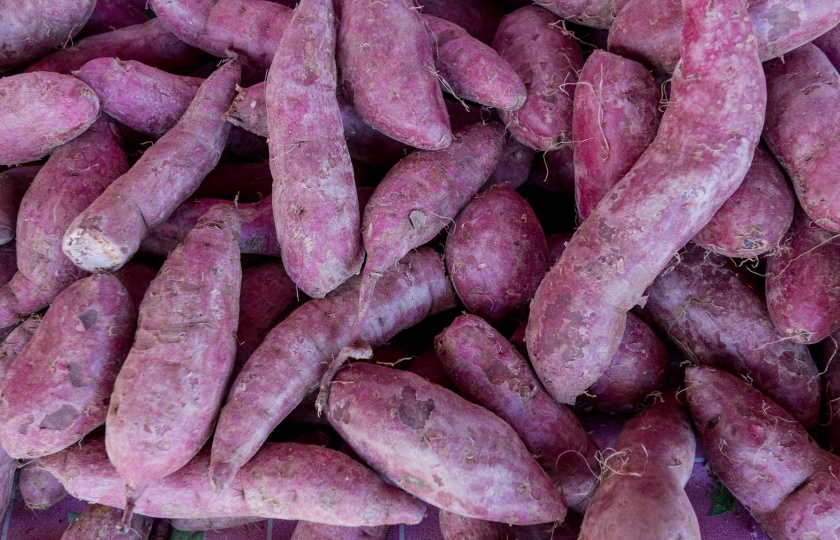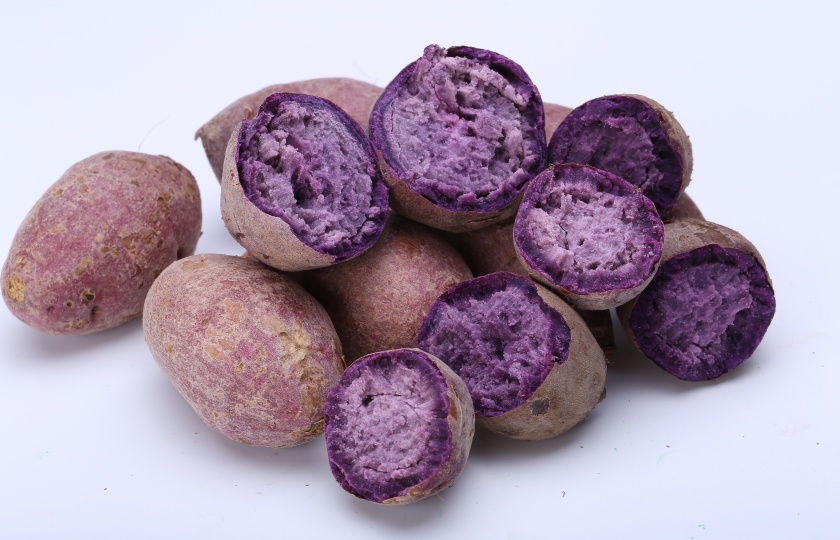Purple Potatoes Growing Season Guide

When planting purple potatoes, timing is essential. Knowing their optimal growing season ensures healthy growth and better yields.
What is the growing season for purple potatoes?
The growing season for purple potatoes depends on the specific variety. Here are some examples:
All Blue (Late-Season Variety)
All Blue is a late-season variety that takes approximately 110 to 135 days to mature. Planting in April is recommended to provide ample growing time, ensuring harvest in late summer or early fall.
Purple Viking (Mid-Season Variety)
Purple Viking is an earlier-maturing variety, requiring about 95 to 100 days. It can be planted slightly later, such as late May, but should still fall within the suitable growing period.
General Tips
Plant when soil temperatures are consistently above 10°C (50°F).
In cooler climates, consider starting the planting earlier to maximize the growing season.
Adjust planting time according to the variety’s maturity period to ensure an optimal
Where do purple potatoes grow best?
Ideal Regions
North America: Northwestern U.S. states like Idaho and Oregon are major producers of purple potatoes.
South America: The Andes Mountains, their place of origin, offer ideal high-altitude growing conditions.
Europe: Cooler climates in regions like Ireland and Scotland are also highly suitable.
Optimal Climate
Purple potatoes thrive in cool weather, making temperate or high-altitude areas the best choice.
Temperature Range: Ideal growing temperatures are between 15°C and 24°C (59°F–75°F).
Frost Sensitivity: Purple potatoes are frost-sensitive and should not be planted during frost periods.
Soil Conditions
Good Drainage: Well-drained sandy loam or loamy soil is ideal to prevent waterlogging.
pH Level: Neutral to slightly acidic soil (pH 5.5–7.0) works best.
Rich in Organic Matter: Adding compost or well-rotted manure enriches the soil, supporting tuber development.
Sunlight Requirements
Purple potatoes need 6–8 hours of direct sunlight daily to ensure healthy plant growth, vibrant tuber coloration, and higher yields.

How do you know when purple potatoes are ready?
Observe the plant's condition
When the leaves and stems start turning yellow, wilting, or even falling over, it’s a sign the potatoes are mature. At this stage, the plant has stopped growing.
Count the days
Purple potatoes typically take 90–135 days to mature, depending on the variety. For instance, late-season varieties like All Blue usually require over 110 days, so planting early ensures a full growing period.
Dig and check
If unsure, gently dig up a potato to inspect. Mature potatoes will have smooth, firm skin that doesn’t peel easily when rubbed. If the skin is thin and comes off with a light touch, they need more time underground.
Wait after flowering
Don’t rush to harvest immediately after flowering. Allow the plant another 2–3 weeks for the tubers to grow larger and develop better flavor and texture.
Can purple potatoes be grown in containers?
Yes, purple potatoes can thrive in containers with these practical tips for a successful harvest:
Choose the right container
Pick a container at least 40–50 cm deep, such as grow bags, large pots, or buckets. Ensure it has drainage holes to prevent waterlogging, which can rot the tubers. Adding a layer of small stones at the bottom helps improve drainage and aeration.
Layered planting
Start with a thin layer of soil covering the seed potatoes. As the plants grow, gradually add more soil. This method promotes better tuber growth and increases yield.
Water carefully
Avoid overwatering or soaking the base of the plants. Use a watering can or water around the edges of the container to maintain evenly moist soil without waterlogging the tubers.
Rotate the container
If the container is portable, rotate it regularly to ensure all sides of the plant get equal sunlight. This helps improve both tuber quality and yield.

How often should you water purple potatoes?
Purple potatoes typically need to be watered every 5–7 days. During the seedling stage, they require more frequent watering as they are more sensitive to moisture.
Climate plays a big role in watering frequency. In hot or dry conditions, the soil can dry out quickly, so it’s essential to adjust the schedule accordingly. If unsure about soil moisture, using a moisture meter or related app can help monitor and maintain the right hydration level.
The key is to keep the soil consistently moist but not waterlogged. Overwatering, especially in small containers, can lead to root rot and negatively affect growth.
What is special about purple potatoes?
Purple potatoes are truly unique. Their striking purple color comes from anthocyanins, which not only make them visually appealing but also provide powerful antioxidants that benefit your health.
The texture is smooth and creamy, with a slightly sweet flavor. They’re incredibly versatile—perfect for mashed potatoes, roasted dishes, or potato salads. Their vibrant color adds an eye-catching touch to plating, making them ideal for parties or special occasions.
On top of that, purple potatoes are resilient against diseases and adapt well to different soil conditions. This makes them a popular choice not only for cooking but also among gardening enthusiasts.























